 Jaguar are celebrating their
Jaguar are celebrating their
75th anniversary and, naturally, we were invited to the party at their headquarters in Coventry, the UK.
Jaguar was founded as the Swallow Sidecar Company by Sir William Lyons in 1922. The company was engaged in the manufacture of motorcycle sidecars before evolving into passenger cars in 1935.
The company’s executives admitted that in the past decade or so Jaguar did make some mistakes due to which they had a difficult time. However, with Tata Motors stepping into the picture (by taking over the UK company), the Jaguar Land Rover has got a new lease of life. Jaguar’s design chief, Ian Callum, said that the firm needed to move away from the extraordinarily traditional design to a more developed, modern car yet maintaining the essence of a Jaguar.
 The English firm is also working towards changing the widely prevalent perception that Jags are better suited to older men and is trying to woo younger car buyers. In fact, the intent is already visible in their new designs, especially in the XK and XJ models. Mike O’Driscoll, Managing Director – Jaguar Cars, maintained that Jaguar was not in the transport business, but in the entertainment industry, because he wanted Jaguars to be fun and lively not only in terms of design, but also while driving. Even the interiors of the new models are a mix of technology and couture fashion. The idea is to make the cars timeless, so that they always remain coveted and the new XJ can be termed a celebration product. He also said a very interesting thing: cars are the closest thing to living things!
The English firm is also working towards changing the widely prevalent perception that Jags are better suited to older men and is trying to woo younger car buyers. In fact, the intent is already visible in their new designs, especially in the XK and XJ models. Mike O’Driscoll, Managing Director – Jaguar Cars, maintained that Jaguar was not in the transport business, but in the entertainment industry, because he wanted Jaguars to be fun and lively not only in terms of design, but also while driving. Even the interiors of the new models are a mix of technology and couture fashion. The idea is to make the cars timeless, so that they always remain coveted and the new XJ can be termed a celebration product. He also said a very interesting thing: cars are the closest thing to living things!
The XJ is an all-new, sleek, sporting and sophisticated Jaguar, a daring luxury sedan. It has a dual role to play: From a comfortable saloon laced with luxuries and craftmanship to one that transforms into a monsterous sports car, eager to munch miles at the press of the accelerator. This luxury sedan’s body panels are made of recycled materials that use only five per cent of the energy required for new aluminium, translating into a potential saving of three tonnes of CO2 per vehicle. The use primarily of aluminium, besides magnesium and composite alloys, allows Jaguar to produce a significantly lighter and stiffer body, which they claim to be the lightest in its class. The structure features aerospace-based riveting and bonding processes. The use of this advanced material is expected to deliver enhanced strength, refinement and superior safety and performance. The new XJ combines responsive, sporting dynamics with the refined, supple ride expected of a luxury car within this price bracket.
The firm is also developing the much anticipated mini-XK and mini-XF, which will be powered by a four cylinder engine. The same engine will also be seen on the Mini-range Rover Evoque and should get the CO2 emissions under 150 g/km. This new mill will be built in collaboration with Tata Motors and hence could also use some Fiat technologies and we could witness some cross pollination of the Alfa Romeo 159 power-train. The new engine will sport advanced technologies like Variable Valve Timing and Direct Injection among others. This will make things interesting as the the mini-XK will come into direct competition to the BMW three series.
The new car models from Jaguar look fresh and drive really well. And like all Jags, the XJ also feels like a living thing. It has a soul and you can feel it in the roar of the V8, the pulsating ‘Engine Start’ button and impeccable craftmanship.
Spice up the Range
J-LR unveils the revolutionary new Evoque in style. Sarmad Kadiri joins the celebration to file this report
Let me warn you in
advance, this might not sound right. Rugged off-roader maker Land Rover, popular for their utilitarian vehicles capable of wading doggedly through knee-deep mud, climbing steep hills and crossing rivers, have roped in none other than Victoria Beckham (a.k.a. Posh Spice) to help them design their latest SUV, if I may call it that. The other person deeply involved in its design process is none other than Mr. Ratan Tata.
The new vehicle, called the Range Rover Evoque (née LRX concept car), is more of a soft-roader and obviously would be as comfortable as Mrs. Beckham performing the aforementioned off-roading tasks. Those of you who noticed must be wondering why I called it the Range Rover Evoque instead of ‘Land Rover’. Interestingly, the JLR executives are now portraying the Range Rover (RR) as a separate brand, the other two obviously being the Jaguar and the Land Rover (LR). The RR will still be under the LR umbrella, though.
This is a very significant step by the British car-maker as it sees immense potential in the RR as an individual brand. The sales figures bear testimony to this phenomenon. What the company wants to do is to continue selling the Discovery 4 and Freelander 2 etc. with the Land Rover badge, as these models will be aimed more as practical, capable and versatile sport utility vehicles.
The new Range Rover, on the other hand, will be aimed at the higher end of the market, positioned as a premium luxury brand. This new positioning of the Range Rover is being well accepted given the fact that the sales of the SUV have shown a constant upward trend. Spotting celebrities like sport stars, designers, actors and artists et al in a Range Rover is becoming a common sight. The Evoque is targeted at this group and others who aspire to join the glitterati bandwagon.
The new model will revolutionise the RR range as it is the smallest, lightest and most fuel-efficient Range Rover ever! What makes it even more noteworthy is the fact that it will be the first Range Rover that will be launched with an optional two-wheel drive version when it goes on sale in the summer of 2011 internationally. RR feel that most premium SUVs spend a large part of their run time on roads and, therefore, a four-by-four is not of much use.
As I mentioned before, the Evoque is not a full-fledged SUV and is more on the lines of a big car. The roofline dives like Yuvaraj Singh and the beltline rises high like vegetable prices, merging to create a very shallow rear screen. I’m sure the in-cabin space will not be as much as the Freelander’s, but the company executives claim that they have carved out a surprising amount of space both for the passengers and the boot. They feel that the panoramic sunroof will also eliminate the chances of feeling claustrophobic.
JLR showed us the three-door version, but I did spot a few camouflaged five-door Evoques at the company’s testing facility at Gaydon, the UK. The new Range Rover Evoque shares its platform with the Freelander and Ford Kuga.
Since Tata Motors have begun building the Freelander 2 in India at their Pimpri facility, near Pune, it is evident that the Evoque may also follow suit to bring down the cost of production. The Evoque is expected to be priced at about Rs 22 lakh in the international market.
As the world becomes more conscious about CO2, global warming and the imperative to implement stringent emission norms, this was more of a necessity for the British firm. It has to reduce its CO2 output by 25 per cent by 2014 or face strict Euro fines.
The Evoque will sport a 2.0-litre, common rail diesel engine. Coupled with the front-drive, it will help emit less than 130 g/km of CO2, which means over 100 g/km of carbon lesser than the cleanest Land Rover. And it doesn’t stop there. RR are trying to make the Evoque and all their other SUVs more fuel-efficient, lighter and environment-friendly by adopting technologies such as inbuilt start-stop hybrid systems that could be a part of the transmission and assist it too. This would reduce the weight and yet keep the design compact.
That said, how is Posh Spice helping to design an SUV? She is a consultant and discusses fashion trends with design chief Gerry McGovern and advises on the material and colours. Therefore, don’t be surprised if you come across a Victoria Beckham ‘collection’ of Evoque, and, maybe, a Beckham ‘special edition’. A great gig to enhance the brand appeal of this ‘baby-Range Rover’ in major markets like China and the US. And, I am sure, India too will be waiting for this bling SUV!




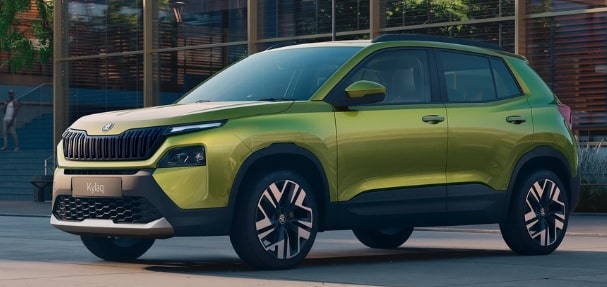
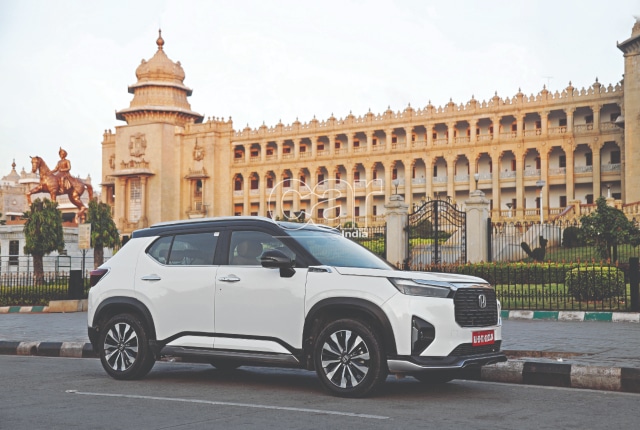
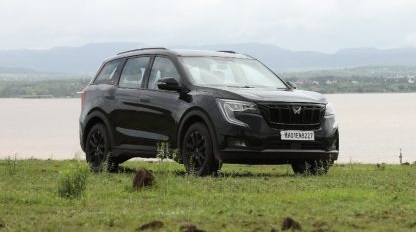

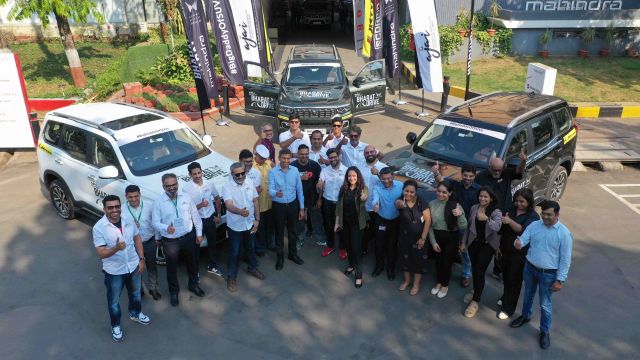
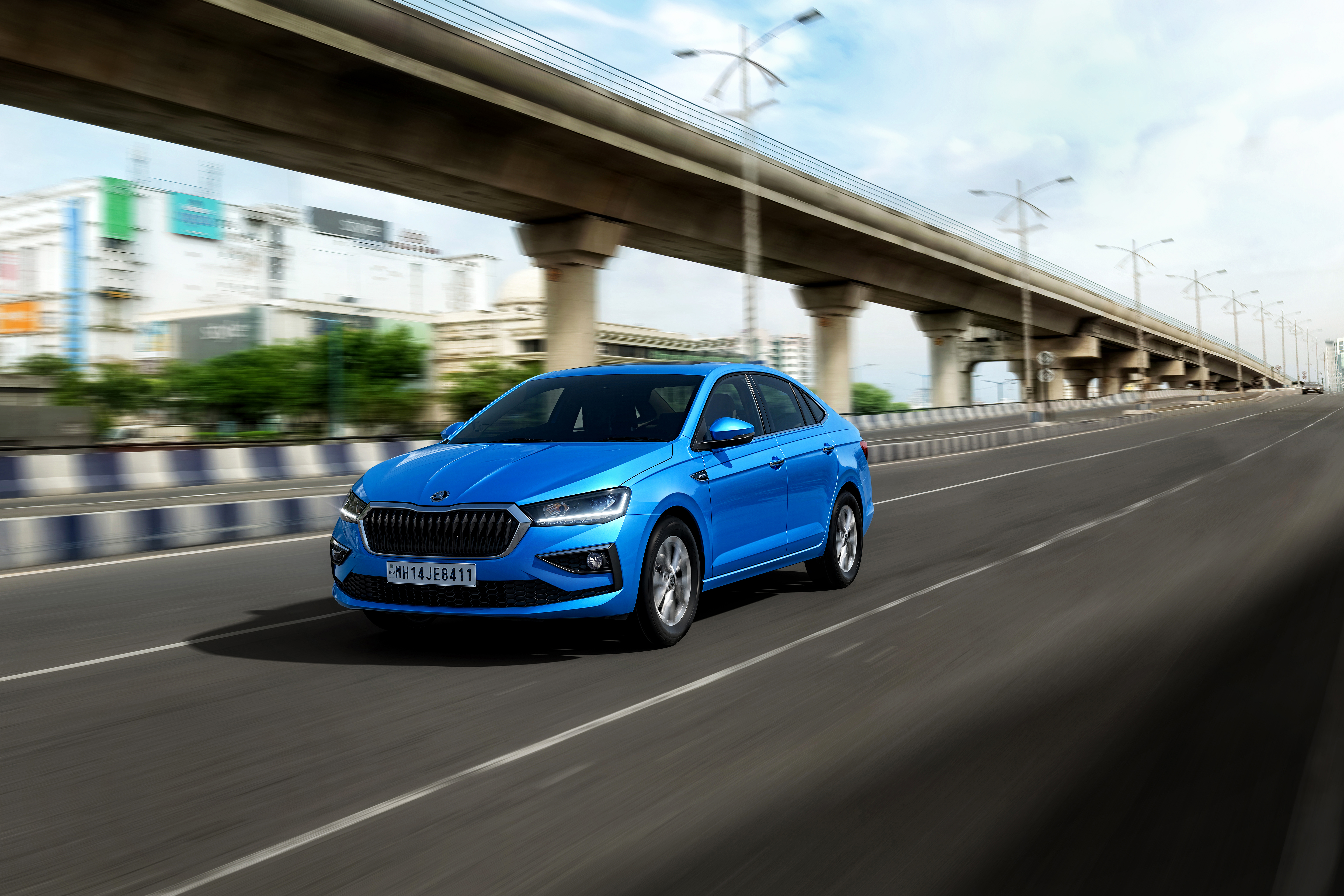
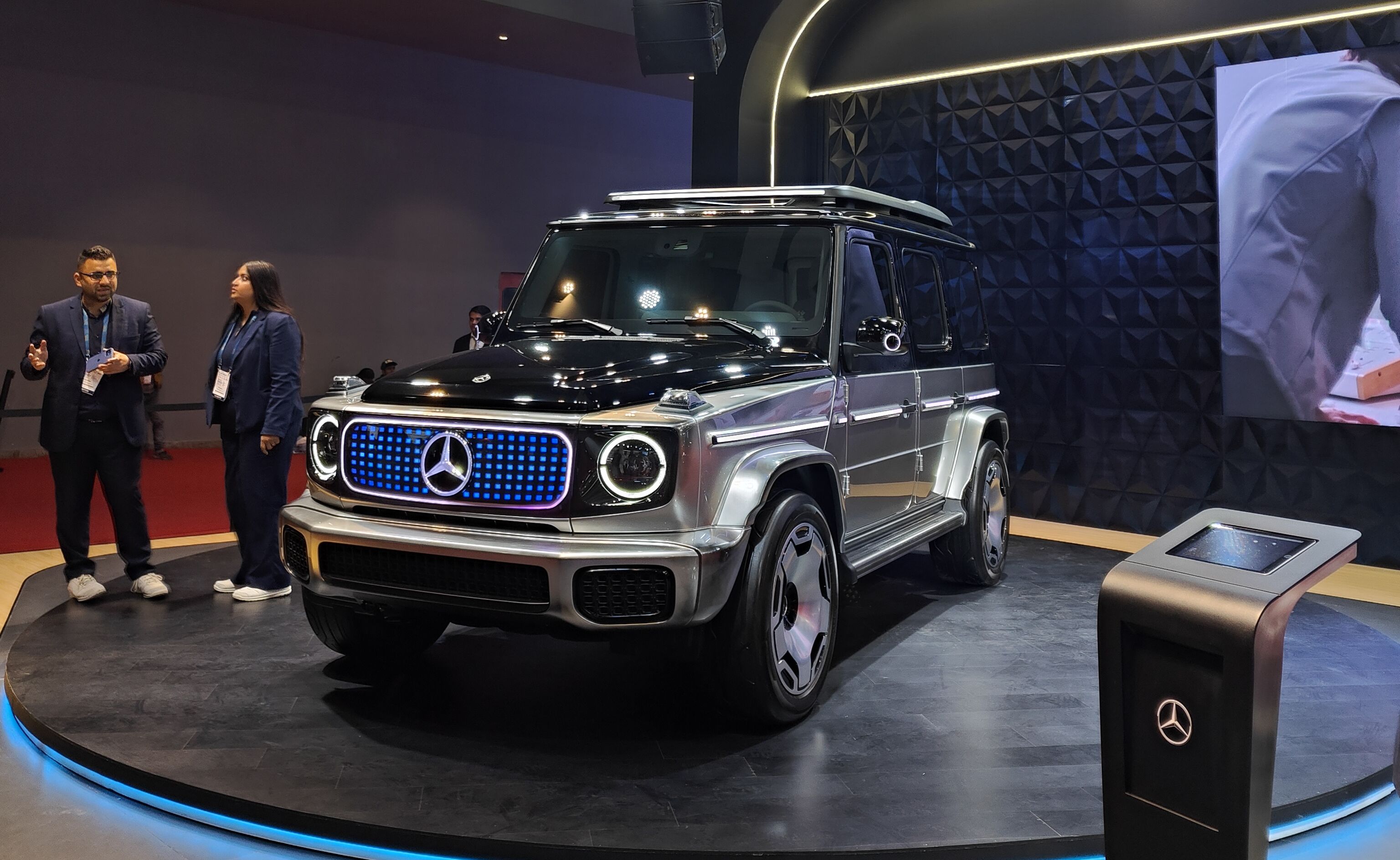

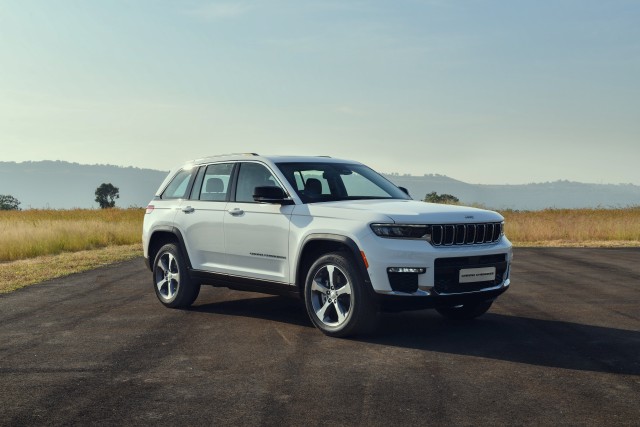
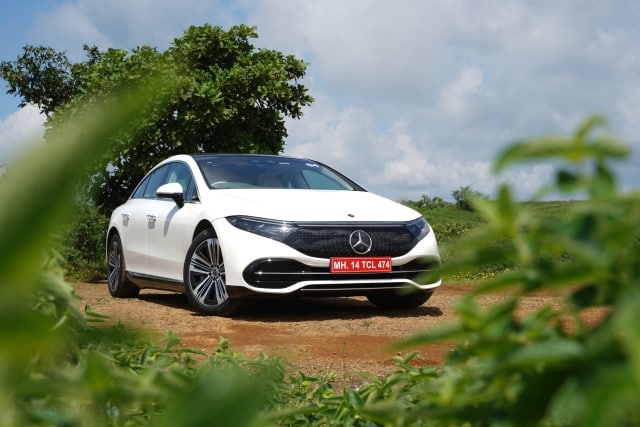
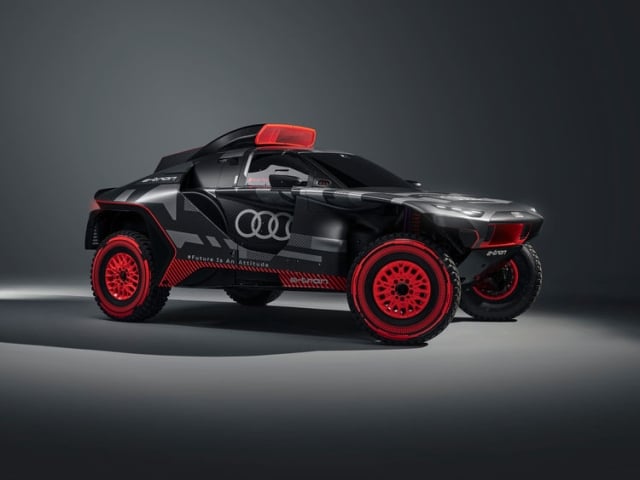
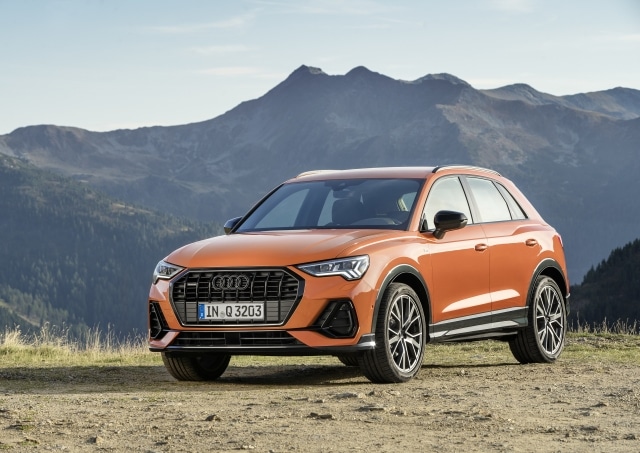




Leave a Reply